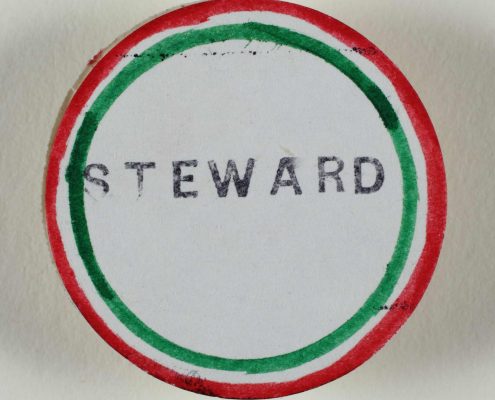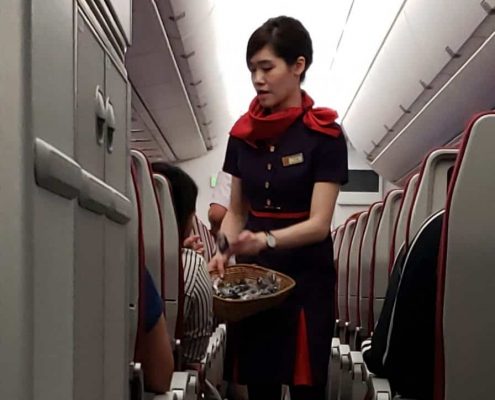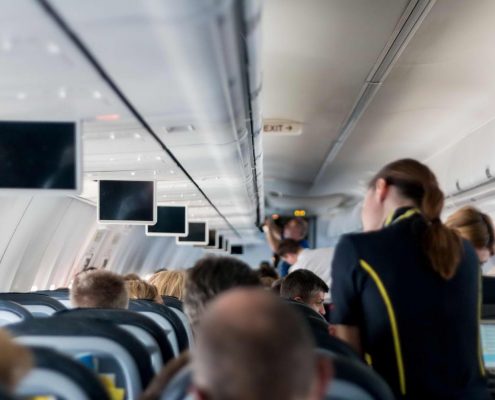 http://cabinsafetyinfo.com/wp-content/uploads/2020/08/pexels-alexander-isreb-1828944.jpg
1024
1536
Donald Wecklein
http://cabinsafetyinfo.com/wp-content/uploads/2022/03/Clear-IMage-300x65.png
Donald Wecklein2025-08-11 19:27:572025-09-21 08:39:17Do seats forward of an emergency exit need to be locked upright?
http://cabinsafetyinfo.com/wp-content/uploads/2020/08/pexels-alexander-isreb-1828944.jpg
1024
1536
Donald Wecklein
http://cabinsafetyinfo.com/wp-content/uploads/2022/03/Clear-IMage-300x65.png
Donald Wecklein2025-08-11 19:27:572025-09-21 08:39:17Do seats forward of an emergency exit need to be locked upright?Cabin Safety information from around the world, right here
We’re all one large extended family
All of what we do is the same around the world with the same purpose. We just wear a different uniform and have a different airplane logo.
Our goal is to design and share the safest operating procedures to help establish a high baseline of safety for all airlines.
In order to leave comments and make replies in this section, you’ll need to register and login.
 http://cabinsafetyinfo.com/wp-content/uploads/2020/08/pexels-alexander-isreb-1828944.jpg
1024
1536
Donald Wecklein
http://cabinsafetyinfo.com/wp-content/uploads/2022/03/Clear-IMage-300x65.png
Donald Wecklein2025-08-11 19:27:572025-09-21 08:39:17Do seats forward of an emergency exit need to be locked upright?
http://cabinsafetyinfo.com/wp-content/uploads/2020/08/pexels-alexander-isreb-1828944.jpg
1024
1536
Donald Wecklein
http://cabinsafetyinfo.com/wp-content/uploads/2022/03/Clear-IMage-300x65.png
Donald Wecklein2025-08-11 19:27:572025-09-21 08:39:17Do seats forward of an emergency exit need to be locked upright?
Entering the cockpit at night
OperationsWhy is it important to dim the galley and flight deck threshold lights before entering the flight deck at night?
Entering the cockpit at night does require additional minor preparation and awareness on the part of the flight attendant. Take…

Passenger with a pillow from home
Manual, OperationsCan a passenger bring a full-size pillow on board and does it need to be stowed for take-off and landing? Would the answer be different if the same passenger with a pillow was seated in an exit seat? What about large stuffed toy pillows that…

Can flight attendants make their own labels for the galley?
OperationsCan flight attendants make their own labels for use when working, and is there a regulation that prohibits them from sticking one onto a bin or cart?
Labels temporarily affixed to a bin or cart does not make it a placard. It’s a label and…

Cups in the cabin for landing
Manual, Operations, RegulationsDuring landing, are passengers allowed to keep plastic cups served to them?
There is a regulation that specifically addresses this situation –
121.577 Stowage of food, beverage, and passenger service equipment during airplane movement on…

Language of destination speakers
Best practices, OperationsAre airlines required to provide language of destination flight attendants, and must airlines perform the safety demonstration in English and the local language?
Second-language speakers are helpful during both normal and emergency situations.…
